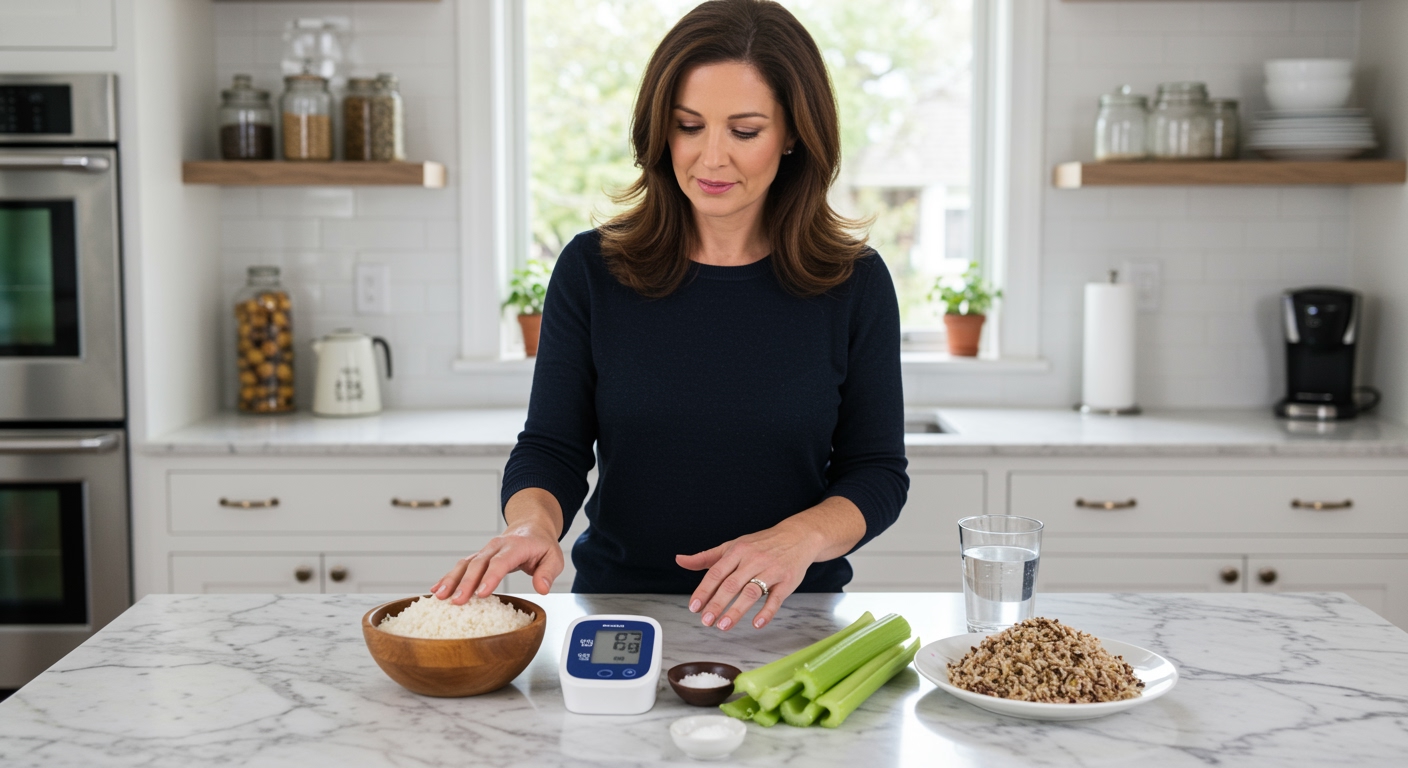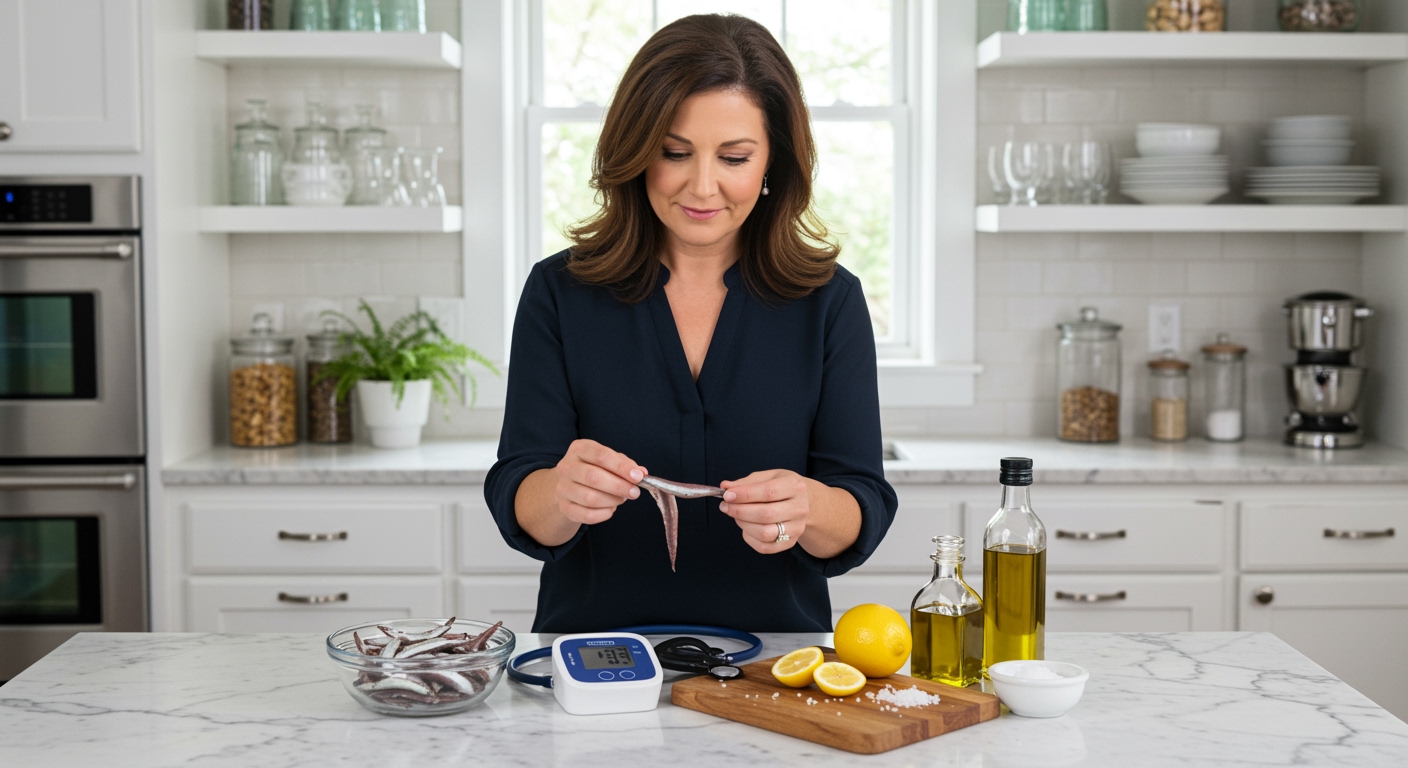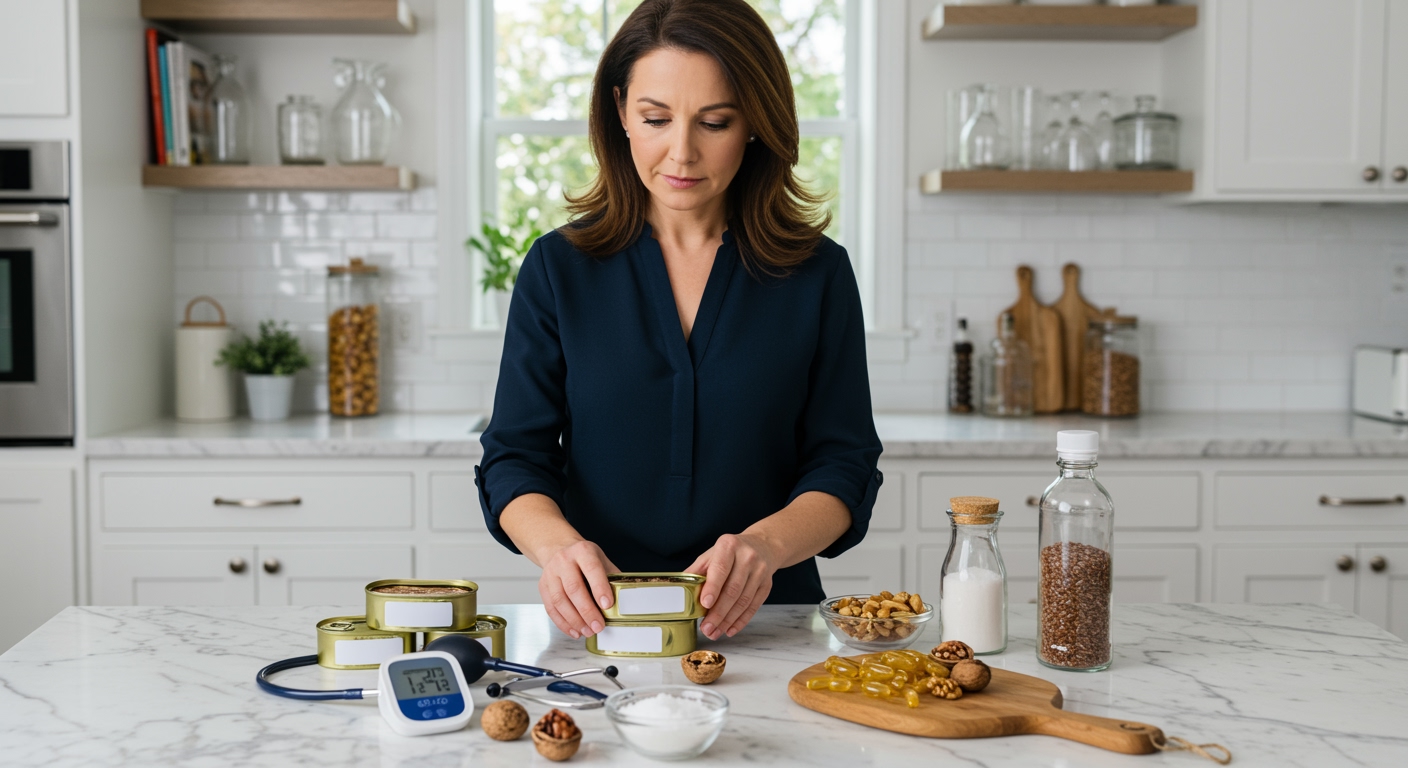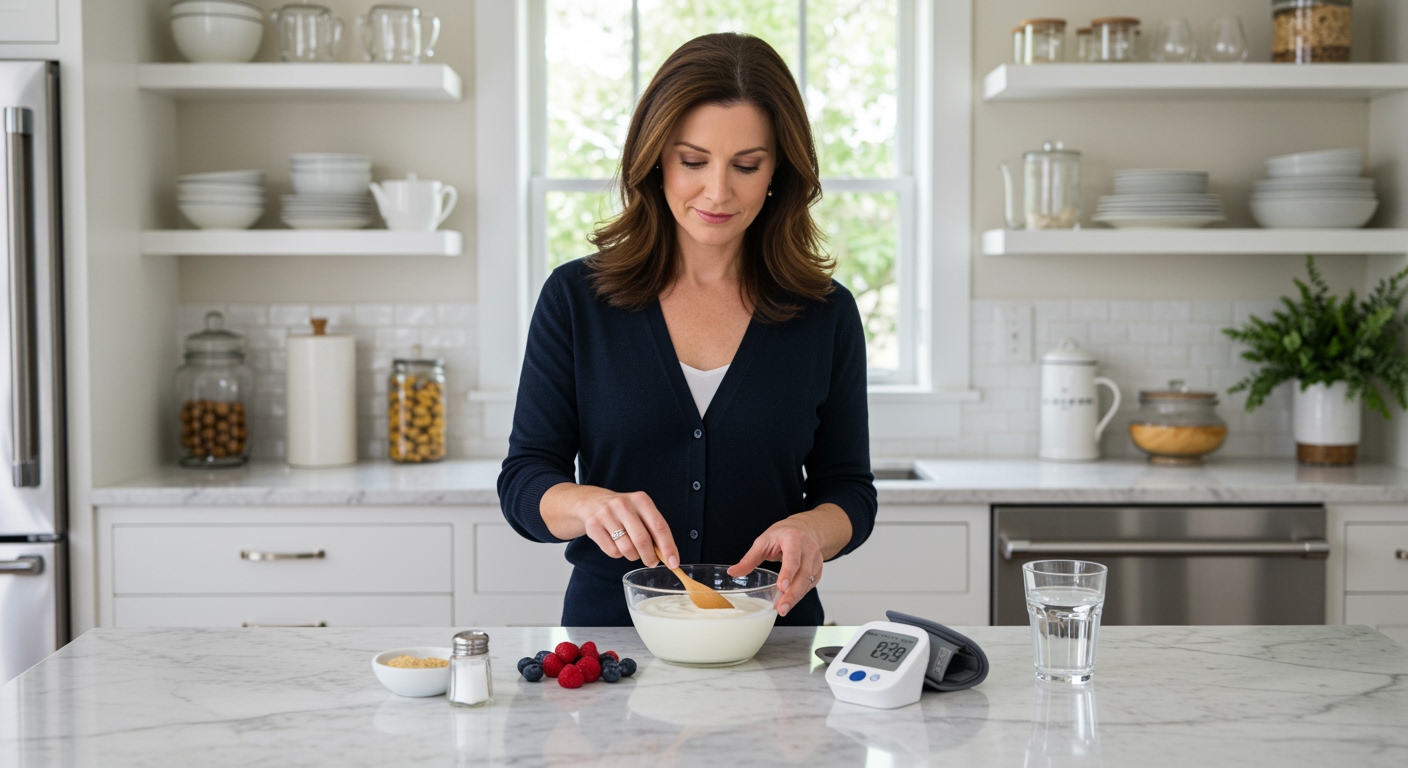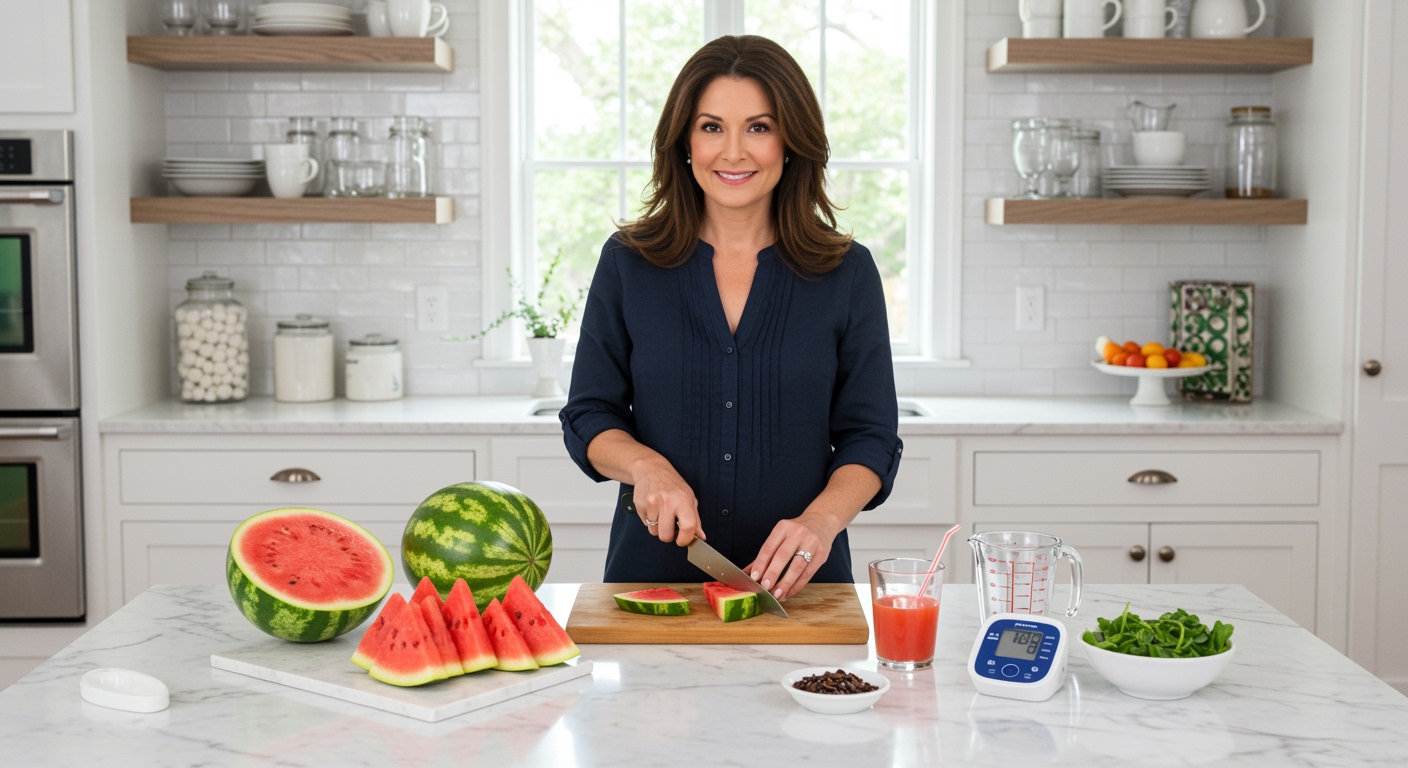✪ Key Takeaway: Rice can help low blood pressure patients when consumed with adequate salt and proper hydration to support blood volume.
Introduction
Your doctor just told you that your blood pressure is too low and you need to make dietary changes.
You might be wondering if eating more rice could help raise your blood pressure to healthier levels since rice is such a common staple food around the world.
Hi, I am Abdur, your nutrition coach and today I am going to explain how rice affects low blood pressure and whether you should include more of it in your daily meals.
How Does Rice Actually Affect Blood Pressure?
Rice provides carbohydrates that your body converts into glucose for energy production.
When you eat rice, your blood sugar levels rise gradually, which triggers insulin release from your pancreas.
This insulin response helps your kidneys retain more sodium and water, which can increase blood volume and raise blood pressure slightly.
The glycemic index of rice varies depending on the type you choose, with white rice having a higher glycemic index than brown rice.
Higher glycemic foods cause faster blood sugar spikes, which can lead to more pronounced insulin responses and potentially greater effects on blood pressure regulation.
Research shows that people with hypotension often benefit from foods that help maintain steady blood sugar levels rather than causing dramatic spikes and crashes.
✪ Fact: White rice has a glycemic index of 73 while brown rice has a glycemic index of 68, making brown rice slightly better for blood sugar control.
What Type of Rice Works Best for Low Blood Pressure?
Brown rice contains more fiber, magnesium, and B vitamins compared to white rice, making it a better choice for overall cardiovascular health.
The fiber in brown rice helps slow down digestion and prevents rapid blood sugar fluctuations that can worsen hypotension symptoms.
However, white rice might be more appropriate for people with digestive issues since it is easier to digest and less likely to cause bloating or discomfort.
The magnesium content in brown rice supports healthy blood vessel function and helps regulate blood pressure naturally.
Wild rice and black rice contain even higher levels of antioxidants and minerals that support cardiovascular health, but they may be harder to find and more expensive.
Your best choice depends on your individual tolerance, budget, and access to different rice varieties in your local grocery stores.
✪ Pro Tip: Start with brown rice and switch to white rice only if you experience digestive discomfort or bloating.
Should You Add Salt When Cooking Rice for Hypotension?
Adding a moderate amount of salt to your rice can help people with low blood pressure by increasing sodium intake.
Sodium helps your body retain water, which increases blood volume and can raise blood pressure to healthier levels.
Most people with hypotension need between 2300 to 3000 milligrams of sodium per day, which is higher than the typical recommendation for healthy individuals.
Adding half a teaspoon of salt to your rice cooking water provides approximately 1200 milligrams of sodium, which contributes significantly to your daily needs.
You can also cook rice in chicken broth or vegetable broth instead of plain water to increase both sodium content and flavor naturally.
However, you should always consult with your healthcare provider before increasing your sodium intake, especially if you have other health conditions like kidney disease or heart problems.
✪ Note: People with kidney problems should avoid increasing sodium intake without medical supervision.
How Much Rice Should You Eat Daily for Low Blood Pressure?
A typical serving size of cooked rice is about half a cup, which provides approximately 100 calories and 22 grams of carbohydrates.
People with low blood pressure can safely eat 1 to 1.5 cups of cooked rice per day as part of a balanced diet.
This amount provides enough carbohydrates to support steady energy levels without causing excessive blood sugar spikes.
You should spread your rice consumption throughout the day rather than eating large portions in a single meal.
Eating rice with protein and healthy fats helps slow down digestion and provides more sustained energy release.
Good combinations include rice with beans, rice with grilled chicken, or rice with nuts and vegetables for optimal nutritional balance.
✪ Pro Tip: Pair rice with protein sources to slow digestion and maintain steady blood sugar levels throughout the day.
What Are the Potential Risks of Eating Too Much Rice?
Eating excessive amounts of rice can lead to weight gain since rice is relatively high in calories and carbohydrates.
Some types of rice, particularly white rice, have a high glycemic index that can cause blood sugar spikes followed by crashes.
These blood sugar fluctuations can actually worsen hypotension symptoms and make you feel dizzy or fatigued.
Rice is also relatively low in protein and essential fatty acids, so relying too heavily on rice can lead to nutritional imbalances.
Some rice varieties may contain trace amounts of arsenic, particularly rice grown in certain regions, so variety in your grain choices is important.
The key is moderation and ensuring that rice is part of a diverse diet that includes plenty of vegetables, proteins, and healthy fats for optimal cardiovascular health.
✪ Fact: Rinsing rice before cooking can reduce arsenic content by up to 30 percent according to food safety research.
The Bottom Line
Rice can be a helpful addition to your diet if you have low blood pressure, especially when prepared with adequate salt and combined with other nutritious foods.
The best nutrition advice is the one you can actually follow consistently without sacrificing your health or happiness.
I would love to hear about your experience with rice and blood pressure management, so please share your questions or thoughts in the comment section below.
References
At NutritionCrown, we use quality and credible sources to ensure our content is accurate and trustworthy. Below are the sources referenced in creating this article:
- PubMed: Dietary sodium intake and blood pressure
- Vinmec: Diet for people with low blood pressure
- Number Analytics: Ultimate guide rice blood pressure
- NHLBI: DASH eating plan
- Healthline: Low blood pressure diet
